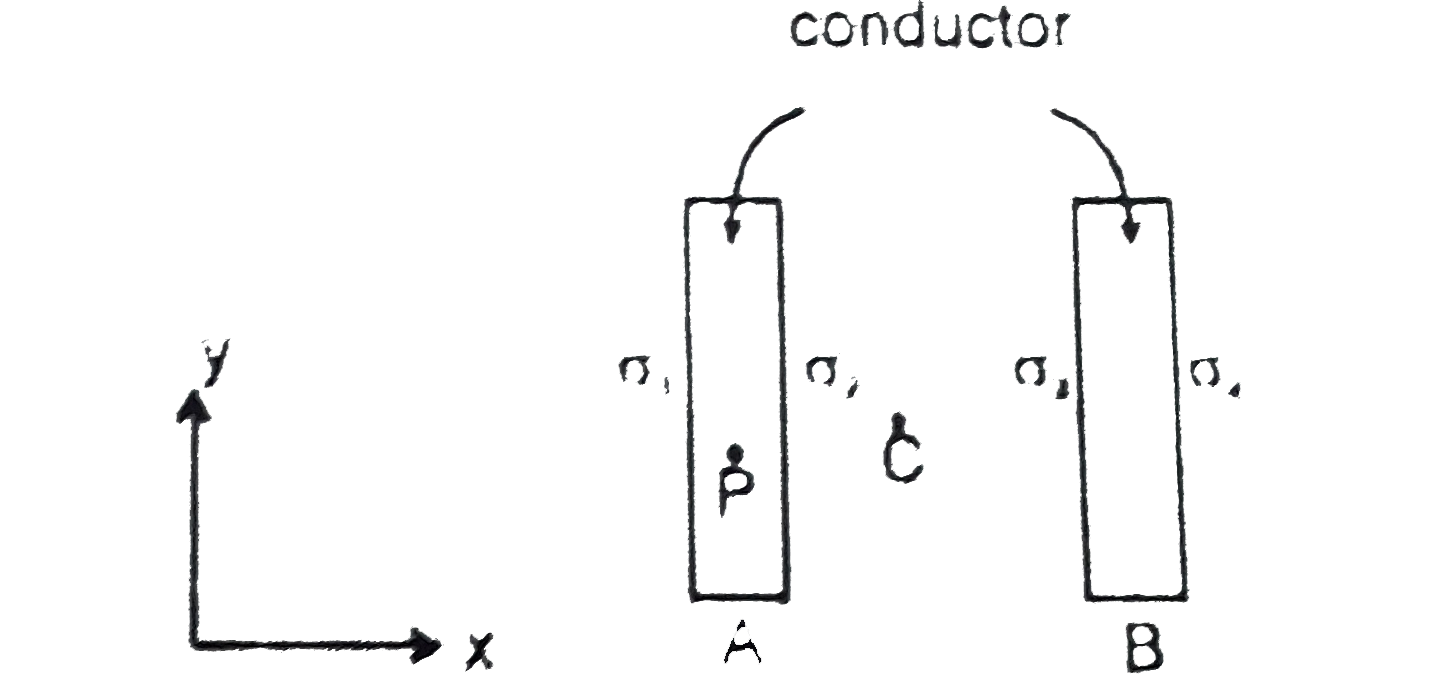tan−1[σlν.ξ1+χoσξ]
The correct Answer is:x2
Topper's Solved these Questions
- INVERSE TRIGONOMETRIC FUNCTIONSBOOK - VIKRAM PUBLICATION ( ANDHRA PUBLICATION)CHAPTER - INVERSE TRIGONOMETRIC FUNCTIONSEXERCISE - TEXTUAL EXERCISES ( EXERCISE - 8(a) II).
17 Videos
- INVERSE TRIGONOMETRIC FUNCTIONSBOOK - VIKRAM PUBLICATION ( ANDHRA PUBLICATION)CHAPTER - INVERSE TRIGONOMETRIC FUNCTIONSEXERCISE - TEXTUAL EXERCISES ( EXERCISE - 8(a) III).
22 Videos
- HYPERBOLIC FUNCTIONS BOOK - VIKRAM PUBLICATION ( ANDHRA PUBLICATION)CHAPTER - HYPERBOLIC FUNCTIONS EXERCISE - EXERCISE - 9(a)
10 Videos
- LIMITS AND CONTINUITYBOOK - VIKRAM PUBLICATION ( ANDHRA PUBLICATION)CHAPTER - LIMITS AND CONTINUITYEXERCISE - Exercise 8(e)
12 Videos
Similar Questions
The standard deviation of variate xi is σ. Then standard deviation of the variate axi+bc where a,b,c are constants is- (a) (ac)σ (b) ∣∣ac∣∣σ (c) (a^2/c^2)sigma (d) Non of these
View SolutionDemonstrate that the law if refraction of direct current lines at the boundary between two conducting media has the form tanα1σ2/σ1, where σ1 and σ2 are the conductivies of the media, α2 and α1 are the angles between the current lines and the normal of the boundary surface.
View Solution
Knowledge Check
The standard deviation (σ) of variate x is the square root of the A.M. of the squares of all deviations of x from the A.M. observations.
If xi/fi, i=1,2,… n is a frequency distribution then σ=√1NΣni=1fi(xi−¯x)2,N=Σni=1fi and variance is the square of standard deviation. Coefficient of dispersion is σx and coefficient of variation is σx×100
The standard deviation for the set of numbers 1,4,5,7,8 is 2.45 then coefficient of dispersion isA4.9B2.04C0.49D2.45
Figure shown two infinitely large conducting plates A and B. If electric field at C due to charge densities σ1,σ2,σ3 and σ40 is Eˆi, find σ2 and σ3 in terms of E. Derive a relation between σ1 and σ4.

View SolutionFigure shown two infinitely large conducting plates A and B. If electric field at C due to charge densities σ1,σ2,σ3 and σ40 is Eˆi, find σ2 and σ3 in terms of E. State whether this much information is sufficient to find σ1 and σ4 in terms of E. Derive a relation between σ1 and σ4.

View SolutionIf the standard deviation of a variable X is σ , then standard deviation of variable aX+bc is
View SolutionShow that the two formulae for the standard deviation of ungrouped data: σ=√1n∑(xi−¯¯¯X)2 and σ′=√1n∑x2i−¯¯¯X2 are equivalent where ¯¯¯X=1n∑xi.
View SolutionShow that the matris ⎡⎢⎣l1m1n1l2m2n2l3m3n3⎤⎥⎦ is orthogonal,
ifl21+m21+n21=Σl21=1=Σl22=Σ23and
l1l2+m1m2+n1n2=Σl1l2=0=Σl2l3=Σl3l1.
View SolutionThe standard deviation (σ) of variate x is the square root of the A.M. of the squares of all deviations of x from the A.M. observations.
If xi/fi, i=1,2,… n is a frequency distribution then σ=√1NΣni=1fi(xi−¯x)2,N=Σni=1fi and variance is the square of standard deviation. Coefficient of dispersion is σx and coefficient of variation is σx×100
The standard deviation for the set of numbers 1,4,5,7,8 is 2.45 then coefficient of dispersion is
View SolutionIf f(x)={x,ξsrational1−x,ξsirrational,thenf(f(x)) is x∀x∈R (b) {x,ξsirrational1−x,ξsrational {x,ξsrational1−x,ξsirrational (d) none of these
View Solution
